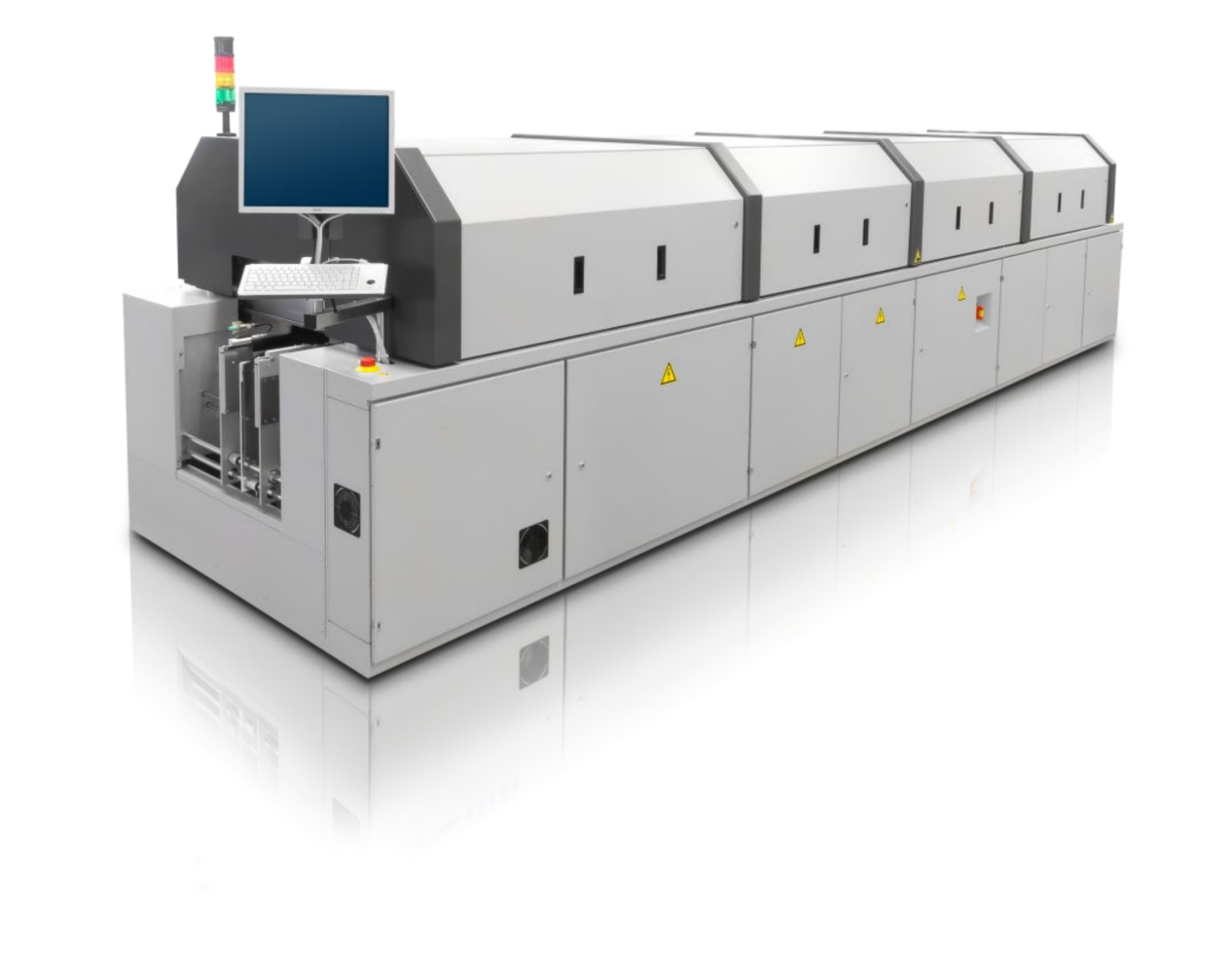Discussion on knowledge of vacuum vapor phase reflow soldering
Release time:2024-06-19Publisher:Jeenoce
Vacuum vapor phase reflow welding system is an advanced electronic welding technology, which is the main electronic welding process for high-end welding fields in Europe and America, such as automotive electronics and aerospace enterprises. Compared with traditional reflow soldering electronic welding technology, this new process has the characteristics of high reliability, hollow solder joints, high assembly density, strong vibration resistance, low solder defect rate, good high-frequency characteristics, and the need for maintenance. Therefore, it is an effective method to improve the welding quality of products, improve production efficiency, and solve the welding quality problems of products.

The vacuum degree can be fixed or variable. By utilizing the changing vacuum degree, large bubbles can gradually move to the outer edge of the solder pad to prevent welding spatter. During welding and vacuum treatment, the assembled parts are fixed in a sealed treatment chamber. The traditional system using vertical grooves requires the circuit board to be vertically transported onto it during the liquid phase, forming a sealed chamber, and then subjected to vacuum treatment. Before the reflow soldering is completed, do not move the components as adding this step will also increase the cycle time of the entire process.
Gas phase reflow soldering is a process that utilizes the condensation and conversion of heat medium vapor into liquid, releasing a large amount of heat to heat the assembly and quickly increase the temperature of the assembly. The advantage of gas phase reflow soldering is that it has a small Δ T, especially for lead welding, which has a relatively narrow process window. This can also avoid the risk of excessive heating of components, as the temperature of printed circuit boards and components will not exceed the boiling point of the selected solder. Afterwards, because the liquid used in the welding process does not undergo chemical reactions, there is no need to use an inert atmosphere for welding. These are the three main advantages of gas-phase reflow welding over forced convection welding furnaces.
Due to the good heat transfer characteristics of gas-phase reflow soldering, it is suitable for welding assembly parts with large batches and difficult heat treatment. For lead welding with a narrow process window, gas phase reflow welding is an ideal process. The new development of gas-phase reflow welding technology has improved the flexibility of the process and reduced operating costs.

